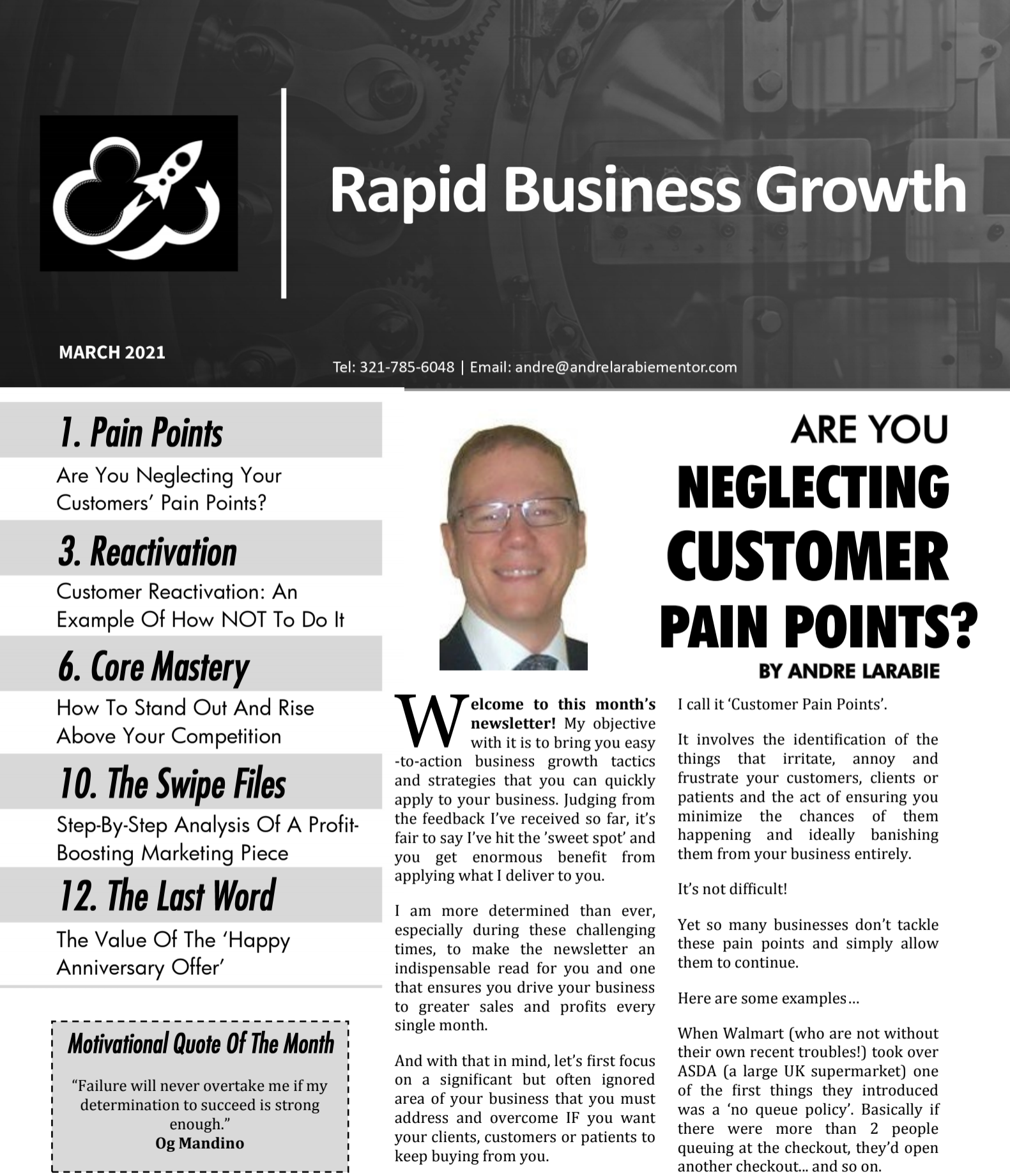| By: André Larabie, CBC, MBA, PhD |
To illustrate the concept of revenue stability, it helps to consider extreme cases, so let us do that here. First of all, when I mention the words “stable revenue,” what type of business comes to mind that has a very high degree of revenue stability?
I don’t know what comes to your mind, but I think of an electric company or the government or a cable TV company. So let us consider an electric company. The way most of them are set up is they have a monopoly and some type of agreement with the local or regional government where they will operate according to guidelines, meaning they are not allowed to take advantage of the monopoly they enjoy.
On a side note, actually, this is not always true, as in the case of electric cooperatives, which were created around the time of the last depression by Franklin D. Roosevelt to encourage electric service and utility development in rural areas.
These cooperatives enjoy a tax-free status since they were sort of grandfathered in by the government and are not true free enterprise.
Unfortunately, these cooperative entities have disconnected all the regulations and in many areas they have moved into non-rural areas while still maintaining their tax-free status. They have also expanded their business operations to include services that are loosely connected to or have little to do with providing electricity to rural areas.
In any case, these types of businesses enjoy a high degree of revenue stability, and this is related to their monopolistic business model. Cable TV companies enjoy a similar status. They usually have established an agreement with local government to operate a monopoly and be “regulated.”
Telephone companies enjoy a similar monopoly; however, if you have noticed, since the advent of cell phones, the monopoly enjoyed by traditional telephone companies has been usurped somewhat by Cable TV and cell phone companies. So monopolies are not always a strict guarantee of revenue stability.
These types of companies would be on one end of the revenue stability spectrum. What types of companies would be on the other? Well, business entities such as a drive-thru gourmet coffee business, or an artist who sells only originals, or a plumber.
Other businesses on the revenue-unstable end of the spectrum would be most non-franchised retail operations.






Recent Comments